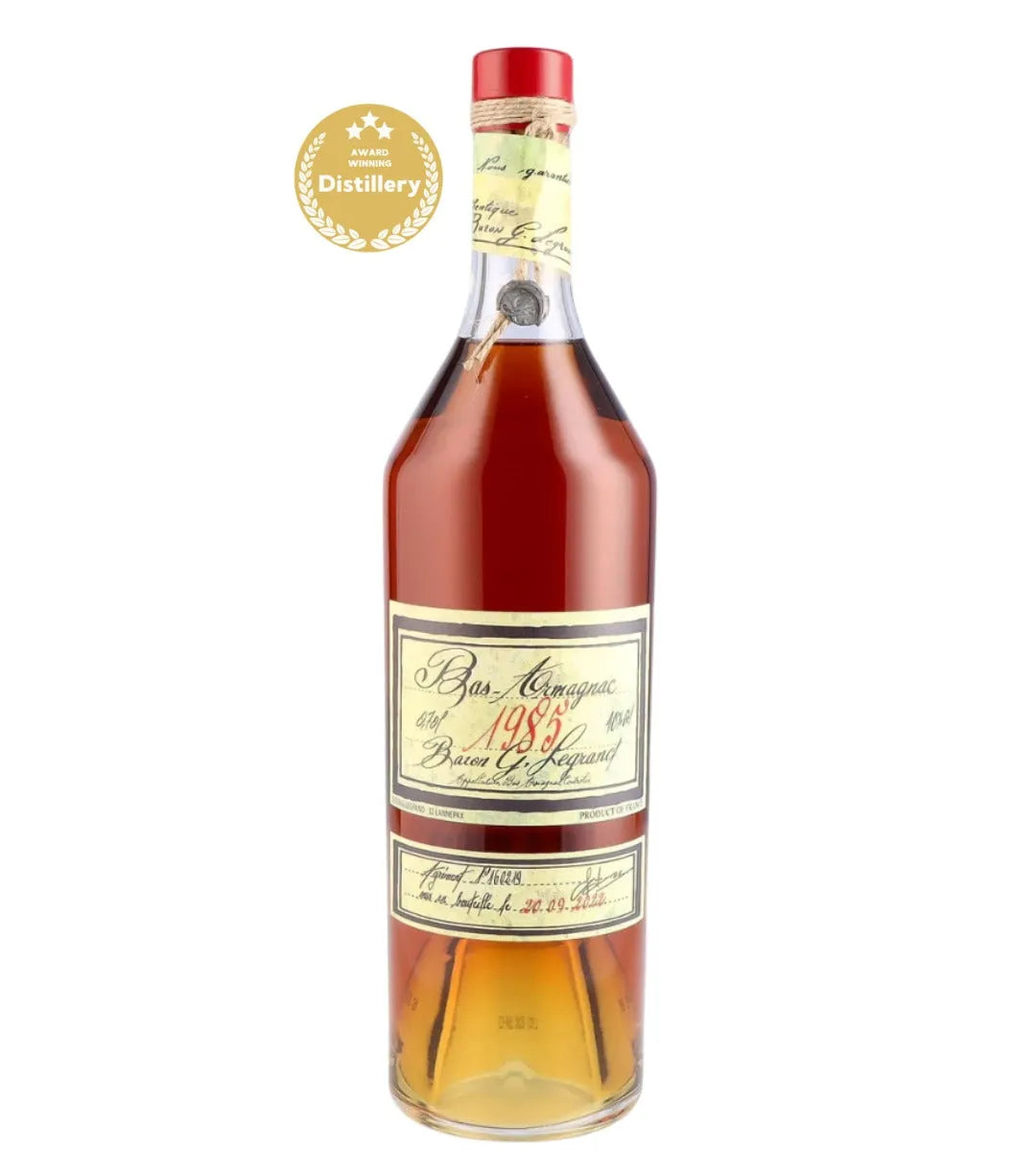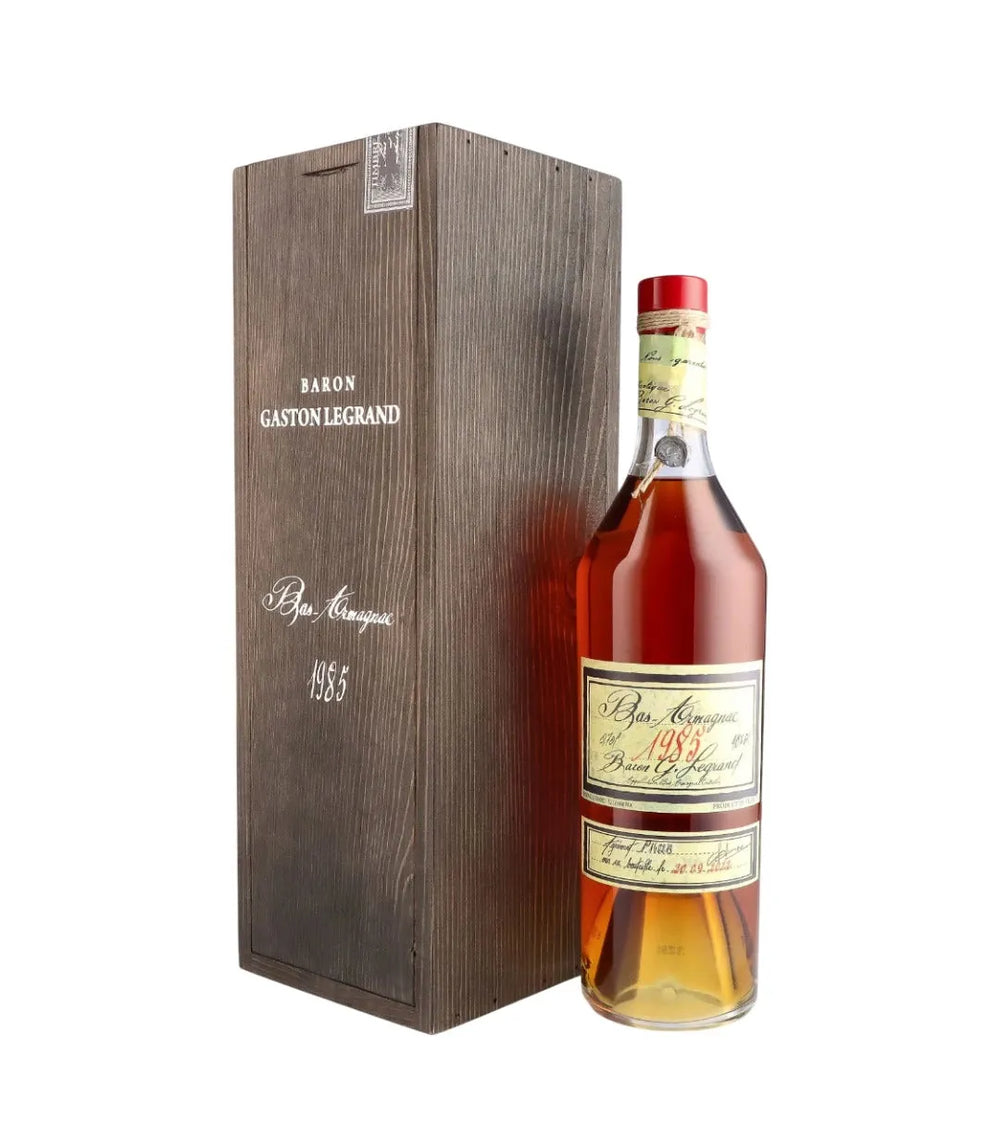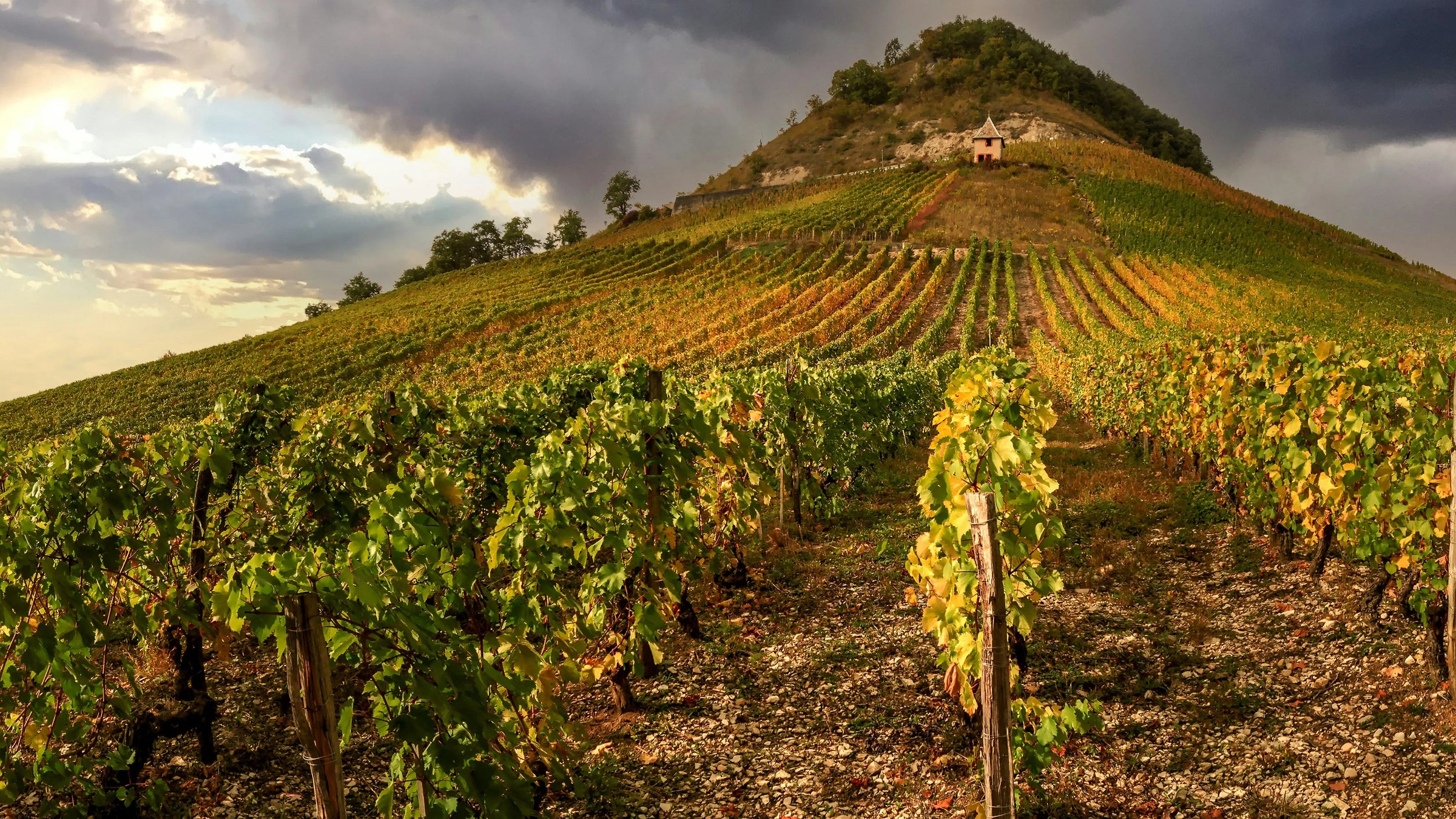
7 products
Ugni Blanc, Cognac grape
Free delivery on your first order or orders over €150 (France only)
Free delivery on your first order or orders over €150 (France only)


Ugni Blanc, also known as Trebbiano in Italy, reigns supreme in the vineyards of Cognac and Armagnac. This grape variety, resistant to diseases and remarkably productive, lies at the heart of the production of prestigious French spirits. Discover its fascinating history and its undeniable influence in the world of eaux-de-vie.
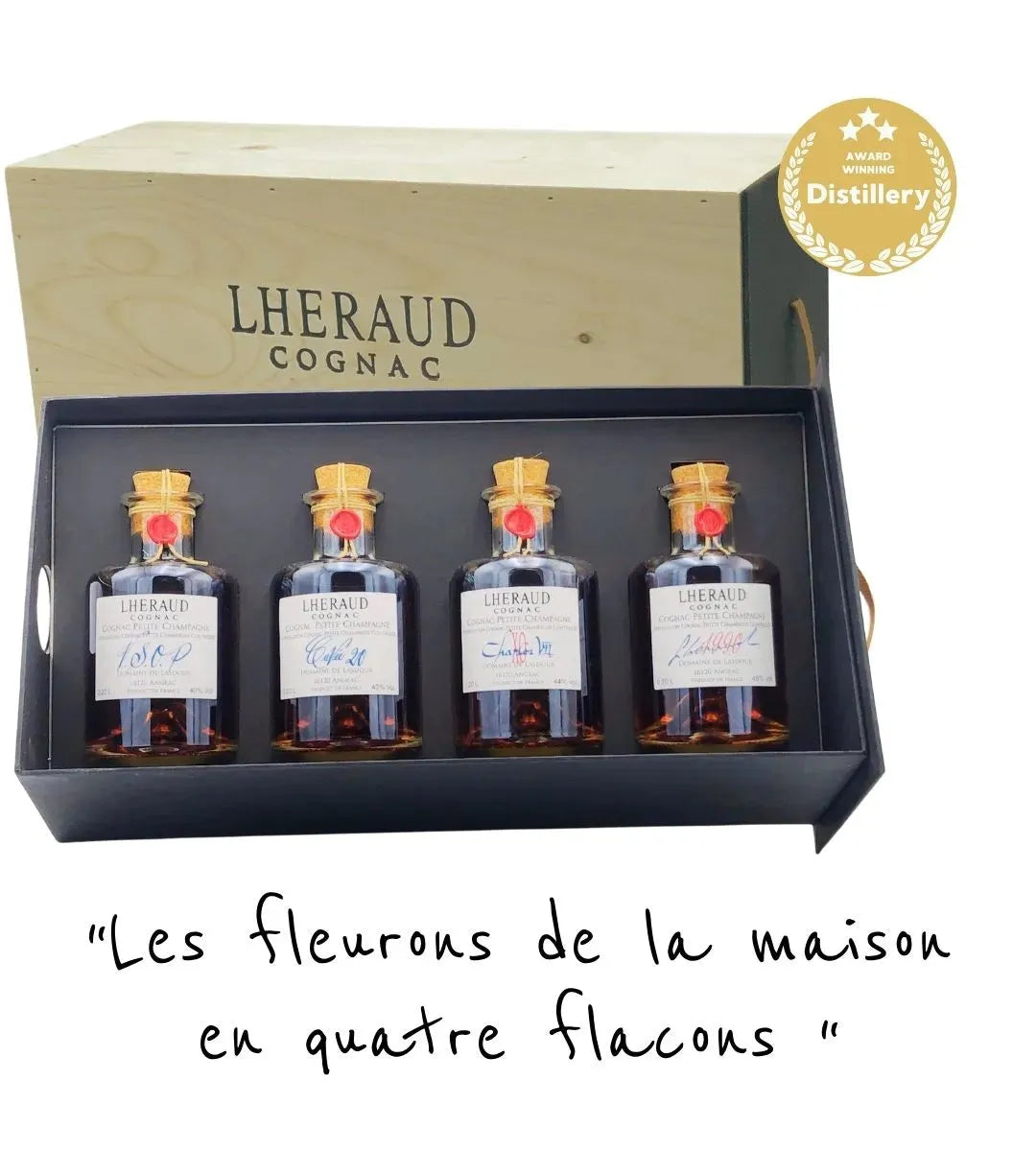
AOC Cognac Nouvelle Aquitaine, France

AOC Cognac Nouvelle Aquitaine, France
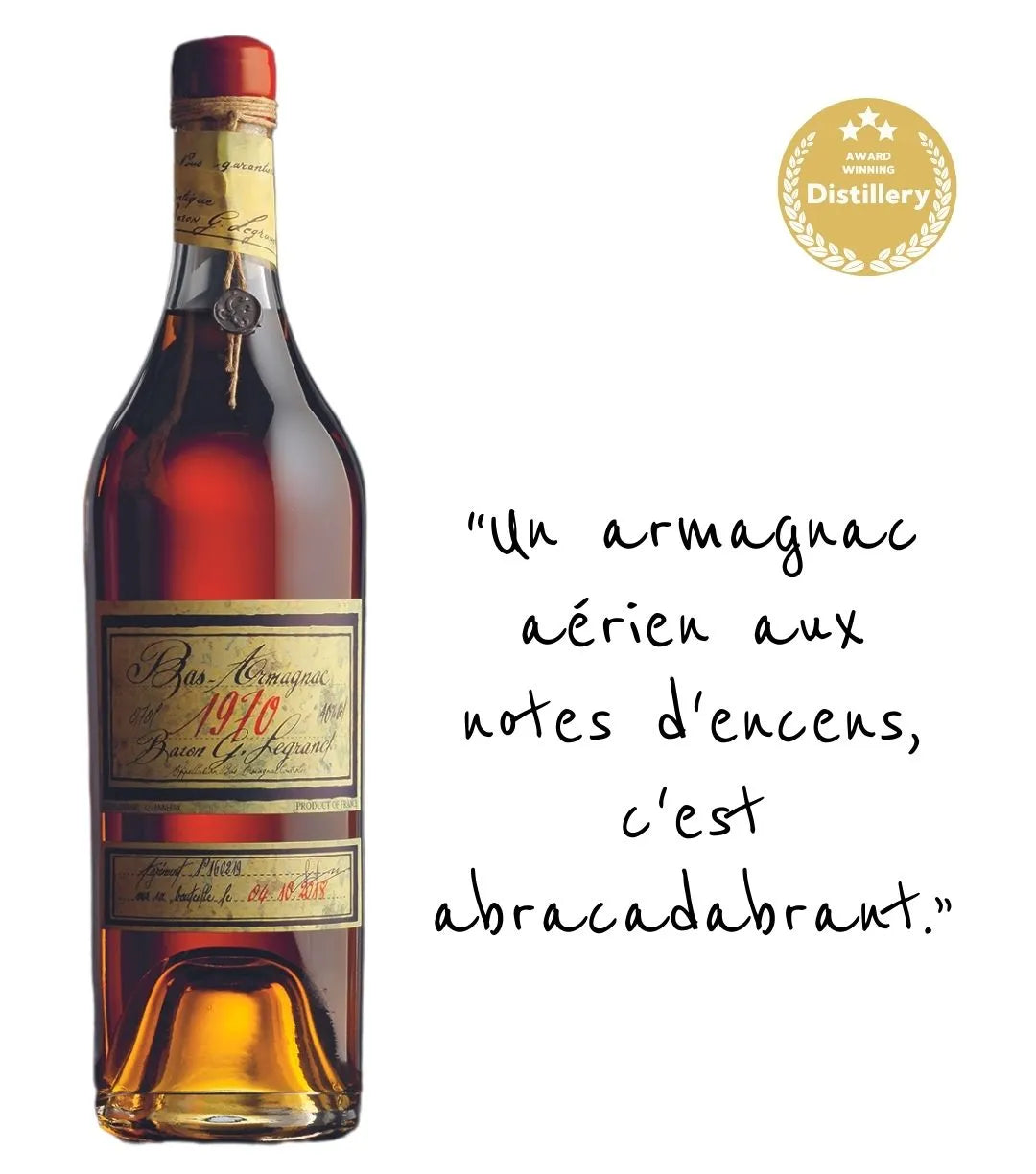
AOC Bas-Armagnac Gascogne, France

AOC Cognac Nouvelle Aquitaine, France
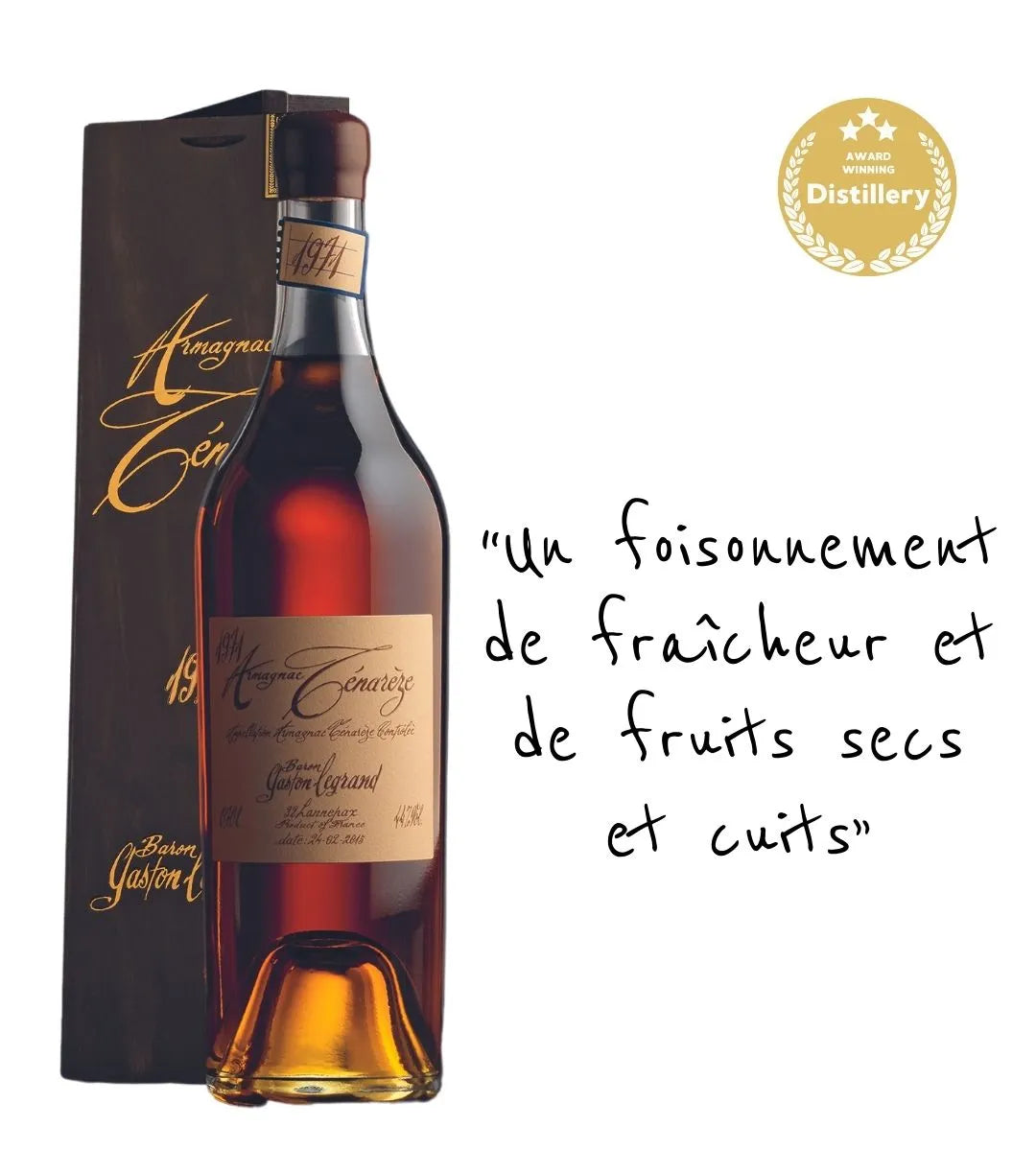
AOC Armagnac Ténarèze Gascogne, France
The Ugni Blanc grape variety, also known as Trebbiano in Italy, is the dominant grape in the vineyards of Cognac and Armagnac, representing 98% of the plantations in the Cognac vineyards. Its prevalence is explained by several remarkable characteristics. Firstly, it has exceptional resistance to diseases, a major asset for viticulture. Additionally, it is distinguished by its high acidity and productivity, essential qualities for the production of quality spirits, particularly for the famous digestifs Cognac and Armagnac.
Italian Origins and History
The history of Ugni Blanc is deeply rooted in Italian viticulture, where it is known as Trebbiano. It was introduced to France in the 14th century and gradually gained popularity. Before its arrival, Folle Blanche was the preferred grape variety for Cognac production. However, the phylloxera epidemic in the late 19th century devastated European vineyards, and Folle Blanche, being particularly vulnerable, was largely replaced by Ugni Blanc. The latter, grafted onto resistant rootstocks, revitalized the vineyards and ensured stable, high-quality production.
Associations with Other Grape Varieties
Although Ugni Blanc largely dominates the vineyards of Cognac and Armagnac, it is sometimes associated with other grape varieties to diversify the aromatic profiles of the eaux-de-vie. Among these varieties are Baco, Colombard, and Folle Blanche.
Baco: Resulting from the cross between Folle Blanche and Noah, Baco is mainly used in Armagnac production. It adds roundness and fruity aromas, complementing the acidity of Ugni Blanc.
Colombard: This grape is appreciated for its floral aromas and freshness. In association with Ugni Blanc, it enriches the aromatic bouquet of the eaux-de-vie.
Folle Blanche: Although less used today, Folle Blanche can still be found in some vineyards, bringing delicate and floral notes to blends.
Wines Made from Ugni Blanc
Besides distillation for eaux-de-vie, this variety is also used to produce dry white wines. These wines, from the Côtes de Gascogne appellation, are characterized by their freshness and liveliness. The aromatic profiles of Ugni Blanc wines are often marked by notes of citrus, green apple, and white flowers. Their natural acidity makes them perfect wines to accompany seafood and light dishes.
Ugni Blanc, or Trebbiano, is a fundamental grape variety in the production of Cognac and Armagnac, thanks to its resistance, acidity, and productivity. Its history, marked by adaptation to viticultural crises and its replacement of Folle Blanche, testifies to its robustness and adaptability. Associated with other grape varieties such as Baco, Colombard, and Folle Blanche, it continues to define the standards of French eaux-de-vie. Finally, in winemaking, it produces fresh and aromatic wines, demonstrating its versatility and importance in viticulture.
For more information, check out our list of grape varieties!





